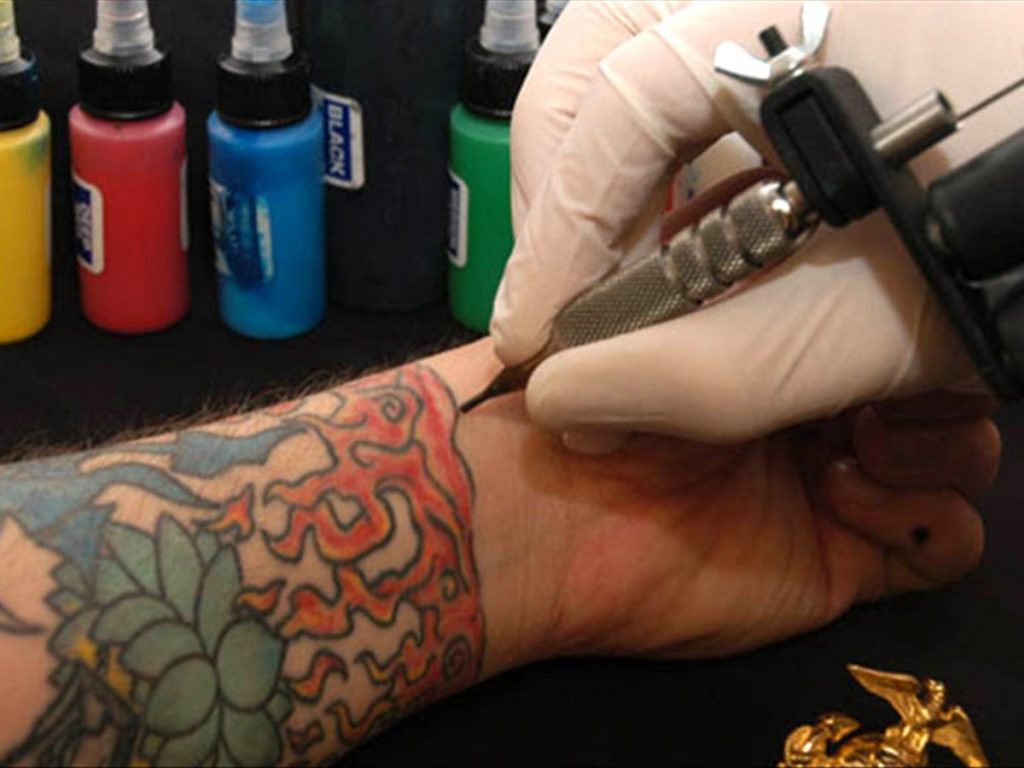Tattoos are now normal. However, many artists are not yet aware that they have rights. Experts are considering whether they can forbid their customers to be photographed with their works or have them removed.
How do you know that a former underground art form has arrived in mainstream society? At some point it hits the lowlands of quite ordinary conflicts. Anyone who deals with the legal trials and tribulations of the tattoo scene can say a lot about it. This is especially true for the many studios, which enjoyed their existence free of legal disputes until the first middle-class customers with protection insurance appeared. This also includes a topic that is already part of everyday life in the more conventional area of the creative sector.
Even tattoos and their designs are not infrequently notably creative achievements. And even the less high-flying disclosures in the sector – thanks to the so-called small coin, regularly and effortlessly jump over the hurdle of being a worker.

Copycats and Other Thieves
Nevertheless, it still doesn’t seem to have gotten through to the last studio that copying a tattoo is more than a way of heresy – little appreciated in the scene for which the sinner has to be scolded as a “copycat” from now on. Anyone who duplicates a work created by another artist, be it as a draft drawing or as a tattoo, commits a breach of the law with the threat of punishment. The same applies to all those manufacturers of printed clothing who apply drawings by particularly talented artists to their own collection, which they found in the vastness of the online world, of course without asking the author of these drawings or paintings for approval in advance.
Only A Right To Use Your Own Tattoo
Such a thing, although it is inseparably linked to one’s own body as an essential part of it, is not capable of ownership on its own. Rather, the customer should only acquire a right to use his tattoo with a view to the moral right that always rests with the artist and remains with him. How far this goes is basically based on the agreement between the artist and the customer – only such express agreements simply do not come about in practice. The lawyer is left with the trick of supplementary interpretation of the deal: What would the parties have reasonably agreed if they had addressed this legal question at all?
What is your reaction to this?

 I liked it
I liked it Wonderful
Wonderful Thanks
Thanks Good
Good Hahaha !
Hahaha ! Incredible
Incredible Interesting
Interesting Wrong
Wrong

